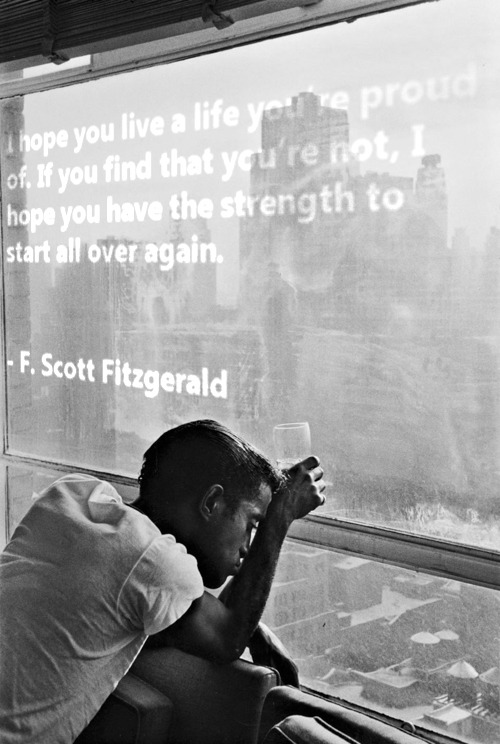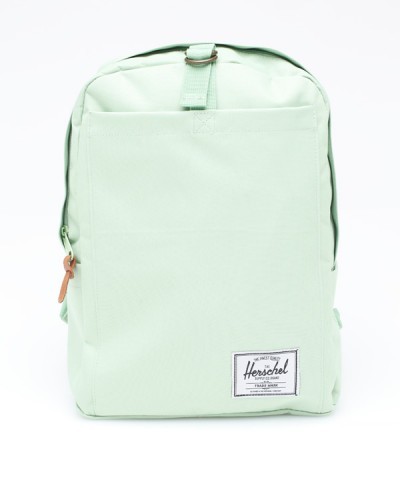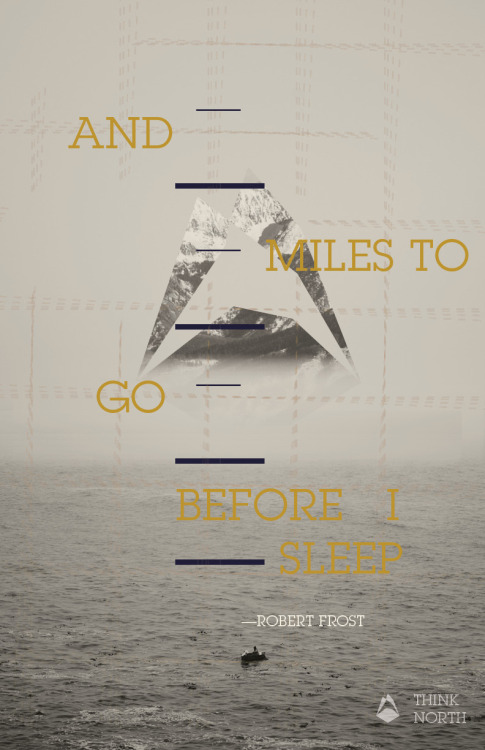
“We all like to hope that times have changed and the war of the sexes is less like a war and more like a sophisticated dialogue. And yet, when you consider that only 5% of all the artists in the Metropolitan Museum of Art’s collection in 1989 were women, while the Louvre today still has no female artists in their collection of over 35,000 artworks, it’s a pretty shocking state of affairs. The facts suggest that the war still needs to happen.
At the Museum of Modern Art, only 8% of the work exhibited are created by women. The Tate’s female holdings? A whopping 15%. Meanwhile it’s just as bleak in commercial galleries. In 2010, an average of 23% of gallery shows in NY and London featured female artists. What’s more, is that this imbalance doesn’t only exist in fine art. It’s in Fashion, with the leading fashion photographers creating the leading fashion campaigns mostly being men. And it’s in Film, where women hold only 33% of all speaking roles and 7% of all Directors in Hollywood are women. And, the real kicker? There are still ONLY three industries in which women earn more money than men - Pornography, Prostitution and Modelling. What does that tell us?
Well, for one, the statistics don’t lie. We live in a world where man’s version of the world is more prevalent than woman’s which in turn means that the majority of images we see of women are created by men.So, for this exhibition at SHOWstudio Shop we decided to take a look exclusively at what a woman’s version of a woman looks like. Is it different? Is it the same as a man’s? Is an image of a nude woman somehow empowered in the hand’s of a female artist? Does it resist all those traditionally constructed gender roles? Does it mock an unavoidably voyeuristic male gaze? Do the women confront? Or, do we see yet more examples of the female constantly diverting her own eye, facilitating her status as the object to be looked at verses ever being the subject doing the looking, as Laura Mulvey writes in her classic essay “Visual Pleasure and Narrative Cinema?” And is John Berger still right? Though also some 20 years old, in his often-referenced “Ways of Seeing” he contends that “men look at women. Women watch themselves being looked at. This determines not only most relations between men and women but also the relation of women to themselves.The surveyor of women in herself is male: the surveyed female. Thus she turns herself into an object – and most particularly an object of vision: a sight.” Does all this still hold true? And if a woman creates an image of a woman, is the male perspective so engrained that she still creates a to-be-looked-at female?
(Image credit: Arm Bends (2011) by Cortney Andrews)














